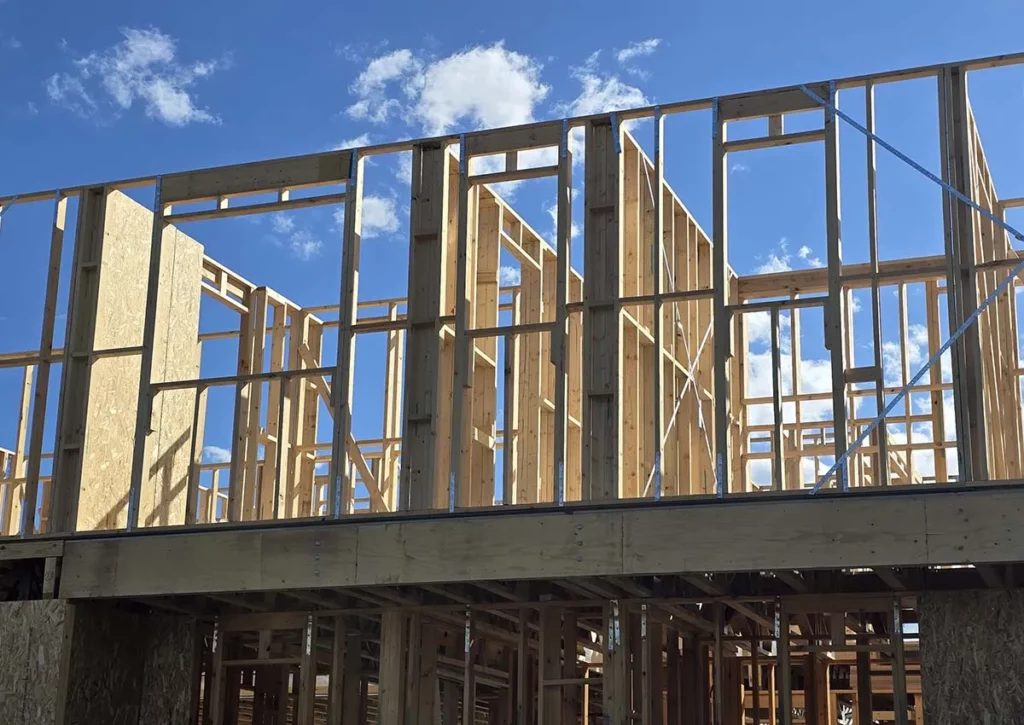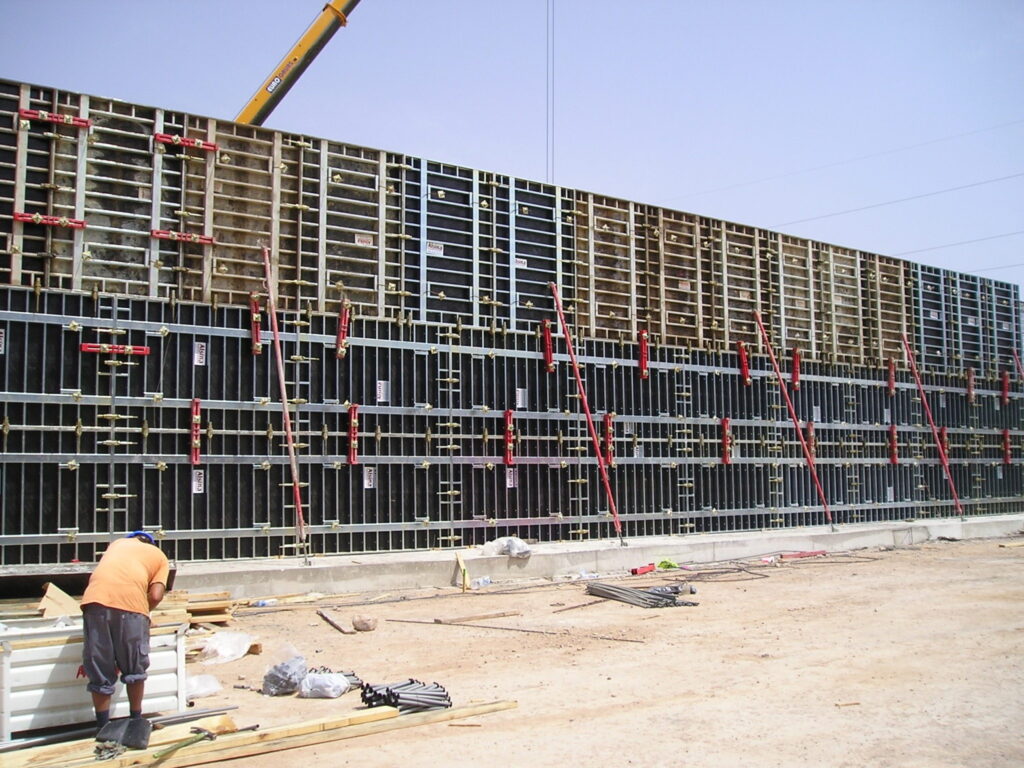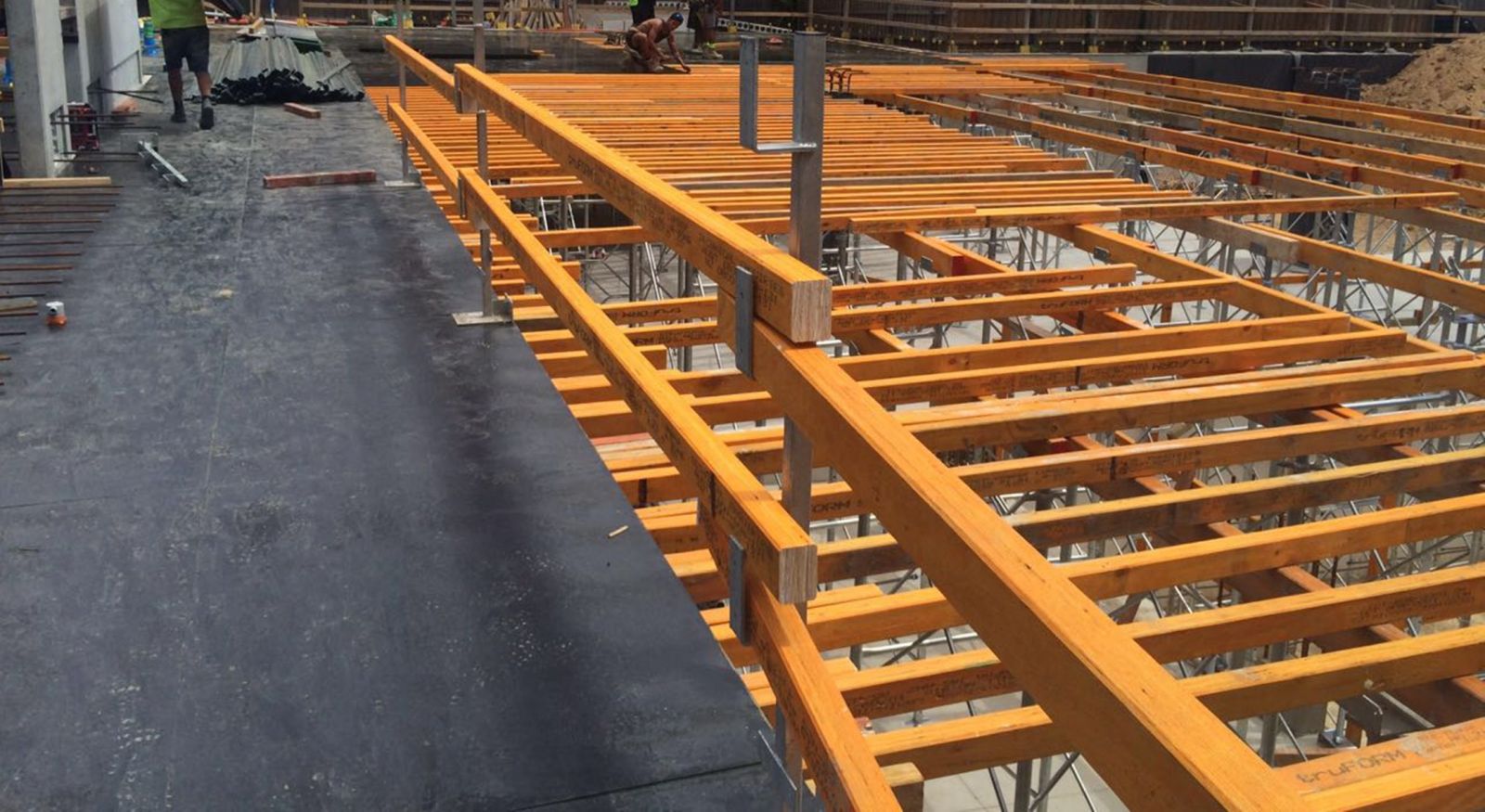In the construction industry, one critical decision that builders and contractors often face is choosing between LVL (Laminated Veneer Lumber) formwork and traditional timber solutions. Both options have their own unique set of advantages and disadvantages. Understanding these differences is crucial to making an informed decision that aligns with the requirements of your project. Let’s delve into the characteristics, benefits, drawbacks, and key differences between LVL formwork and traditional timber solutions.
Understanding LVL Formwork
LVL formwork is a highly engineered wood product that comprises multiple veneer layers bonded together with a strong adhesive. These layers are typically oriented in a parallel manner, which enhances its strength and stability. The manufacturing process ensures that LVL formwork maintains consistent properties and minimizes defects.
Definition and Composition of LVL Formwork
But what exactly goes into the production of LVL formwork? Let’s delve a little deeper. The veneer layers used in LVL formwork are carefully selected for their quality and strength. They undergo a rigorous process of drying and conditioning to achieve the desired moisture content, ensuring stability and preventing warping or twisting. Once the veneers are prepared, they are bonded together using a high-quality adhesive, creating a solid and durable structure.

Benefits of Using LVL Formwork
One of the significant advantages of LVL formwork is its exceptional strength-to-weight ratio. LVL formwork can withstand heavy loads without excessive deflection, making it suitable for high-rise buildings and structures with complex geometries.
But that’s not all. LVL formwork also provides excellent dimensional stability, resisting warping, twisting, and cracking even under challenging environmental conditions. This stability is especially vital for projects that require precision and accuracy. Imagine constructing a bridge or a skyscraper with materials that can’t hold their shape – it would be a disaster waiting to happen. With LVL formwork, you can rest assured that your structure will maintain its integrity for years to come.
Moreover, the consistent quality of LVL formwork results in reduced onsite labor costs and increased productivity. The standardized dimensions and availability of pre-cut components make the installation process faster and more efficient. This means less time spent on cutting and shaping materials, allowing construction crews to focus on other critical tasks. Time is money, and LVL formwork helps save both.
Learn more on: Maximizing Project Success with LVL Formwork Timber
Potential Drawbacks of LVL Formwork
Despite its many benefits, LVL formwork does have some potential drawbacks. One of the main considerations is its relatively higher initial cost compared to traditional timber solutions. However, it’s crucial to assess the long-term cost-effectiveness of LVL formwork by considering its durability and reuse potential, which we will discuss later in this article.
Another factor to consider is the limited availability of large-size LVL panels. Depending on the project requirements, joining multiple smaller panels may be necessary, which can add complexity to the construction process. However, manufacturers are continuously working on expanding the range of panel sizes available, aiming to provide more flexibility and convenience to builders and contractors.
Now that we’ve explored the benefits and drawbacks of LVL formwork, it’s time to delve into its long-term cost-effectiveness and environmental impact. Stay tuned for the next section, where we will discuss the durability and sustainability of LVL formwork, shedding light on its potential for reuse and its contribution to a greener construction industry.
Delving into Traditional Timber Solutions
What Constitutes Traditional Timber Solutions?
Traditional timber solutions refer to using unprocessed or minimally processed timber, such as sawn lumber, in construction projects. This method relies on utilizing the natural properties of timber, including its strength, flexibility, and abundance in certain regions.
Advantages of Traditional Timber Solutions
One of the primary advantages of traditional timber solutions is their cost-effectiveness. Timber is often more readily available and can be sourced locally, reducing transportation costs. Additionally, the lower initial investment required for timber materials makes it an attractive option, especially for smaller-scale projects.
Furthermore, timber is a renewable resource, making it an environmentally friendly choice. It has a significantly lower carbon footprint compared to other building materials, contributing to sustainability efforts.
Limitations of Traditional Timber Solutions
However, traditional timber solutions come with their own set of limitations. Timber’s dimensional instability is a key concern, especially when exposed to moisture variations. This instability can result in warping, shrinking, and expansion, leading to potential issues with structural integrity and finish quality. Find more about shrinking on https://healthcare.utah.edu/the-scope/health-library/all/2016/12/im-shrinking-am-i-normal
Additionally, the strength and load-bearing capacity of timber can be inconsistent due to variations in quality and natural defects. This variability necessitates careful selection of timber to ensure that it meets the project’s structural requirements.
Another limitation of traditional timber solutions is the susceptibility to pests and decay. Without proper treatment and maintenance, timber can be vulnerable to infestations by insects, such as termites, or rot caused by fungi. This can compromise the durability and longevity of the structure, requiring regular inspections and preventive measures.
Moreover, traditional timber solutions may face challenges in meeting certain fire safety regulations. Timber is combustible, and its fire resistance properties are lower compared to materials like concrete or steel. To address this, additional fireproofing measures, such as the application of fire retardant coatings, may be necessary to ensure compliance with building codes and regulations.
Key Differences Between LVL Formwork and Traditional Timber
Cost Comparison
When comparing the cost of LVL formwork and traditional timber, it’s essential to consider not only the initial material costs but also the long-term cost-effectiveness. While LVL formwork may have a higher upfront investment, its durability and potential for reuse can result in significant savings over time. Traditional timber solutions, on the other hand, may require more maintenance and replacements, adding to the overall costs.
Additionally, the cost comparison should take into account the labor expenses associated with each type of formwork. LVL formwork, with its precise engineering and standardized dimensions, can lead to faster installation times and reduced labor costs compared to traditional timber, which may require more customization and adjustments on-site.
Durability and Longevity
LVL formwork is known for its durability and resistance to warping, twisting, and cracking. Its engineered composition provides consistent strength and stability throughout its lifespan, ensuring the longevity of the structure. Traditional timber solutions, although durable when properly maintained, are more susceptible to dimensional instability and other environmental factors that can affect their lifespan. To learn more about lifespan click here.
Moreover, the durability of LVL formwork can have a direct impact on the safety of the construction site. Its structural integrity reduces the risk of accidents related to formwork failure, providing a secure working environment for construction workers. In contrast, traditional timber formwork may require frequent inspections and repairs to maintain safety standards.
Environmental Impact
Both LVL formwork and traditional timber solutions have their environmental advantages. LVL formwork minimizes waste during production and can be reused multiple times, reducing overall environmental impact. Conversely, traditional timber solutions contribute to carbon sequestration and the use of renewable resources. The choice between the two depends on the specific sustainability goals of the project and the availability of local timber resources.
Furthermore, considering the end-of-life options for each formwork type is crucial in assessing their environmental impact. LVL formwork, at the end of its lifespan, can be recycled into other wood products or used for energy generation, extending its sustainability benefits. Traditional timber formwork, if sustainably sourced, can also be repurposed or recycled, aligning with circular economy principles and reducing waste in the construction industry.
Choosing the Right Material for Your Project
Factors to Consider
Several factors should be considered when selecting the appropriate material for your project. The complexity of the structure, load requirements, desired finish, budget, and timeline are all critical considerations that should guide your decision-making process. Engaging with structural engineers and construction professionals can provide valuable insights based on their experience and expertise.

Assessing Project Requirements
Assessing the project’s requirements is crucial in determining which material is most suitable. If the project demands high strength, stability, and dimensional accuracy, LVL formwork may be the preferred choice. Laminated Veneer Lumber (LVL) is a versatile and reliable material that offers exceptional load-bearing capabilities, making it ideal for heavy-duty construction projects.
On the other hand, if cost-effectiveness and sustainability are primary concerns, traditional timber solutions may be a better fit. Timber has been used in construction for centuries and continues to be a popular choice due to its affordability, availability, and renewable nature. It offers a natural aesthetic appeal and can be easily sourced from responsibly managed forests.
Making an Informed Decision
Ultimately, the decision between LVL formwork and traditional timber solutions depends on weighing the advantages and disadvantages against the specific requirements of the project. Considering factors such as cost, durability, and environmental impact will help you make an informed decision that aligns with your project’s goals and needs.
When it comes to cost, LVL formwork may have a higher upfront expense compared to traditional timber solutions. However, its superior strength and durability can result in long-term cost savings by reducing the need for frequent repairs or replacements. Additionally, LVL formwork’s dimensional stability ensures precise construction, minimizing the risk of structural issues down the line.
On the other hand, traditional timber solutions offer a more budget-friendly option, especially for smaller-scale projects or those with less demanding load requirements. Timber is a lightweight material that can be easily manipulated and customized on-site, allowing for greater flexibility during construction.
Considering the environmental impact is also crucial in today’s construction industry. LVL formwork is often manufactured using sustainably sourced timber, ensuring responsible forest management practices. It also has a longer lifespan compared to traditional timber, reducing the overall carbon footprint of the project. However, timber solutions can still be environmentally friendly if sourced from certified suppliers and properly treated to enhance their durability.
By understanding the characteristics and differences between LVL formwork and traditional timber solutions, builders and contractors can confidently select the most appropriate material for their projects. Balancing factors like strength, cost, durability, and sustainability is key to achieving successful construction outcomes.

